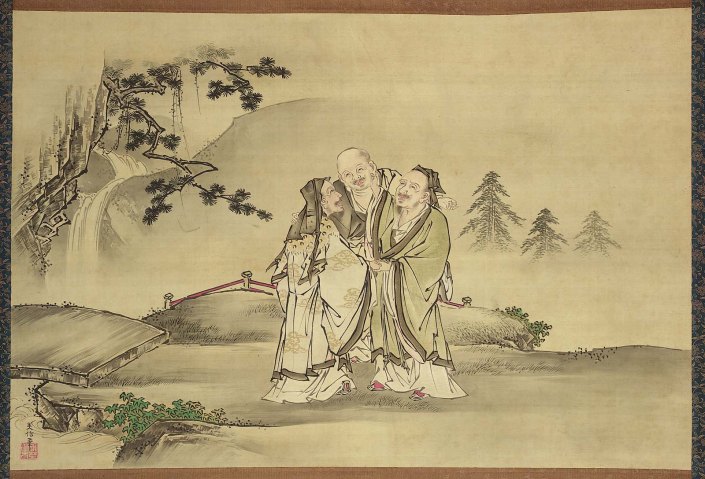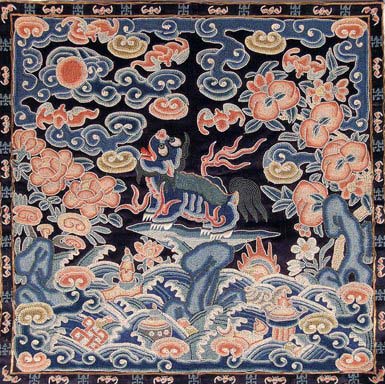The Educational Value of Confucian Art
Religions and philosophies have always had a great impact on architecture and art throughout history. Take for instance the impact that Christianity had on centuries of European religious architecture or the outpouring of of humanistic art in the Renaissance that followed the Middle Ages.
Chinese art is no exception, with Chinese philosophy having had a great impact on the creation of art works in several East Asian cultures. The works range from paintings to calligraphy passing through music, figurative art and even architecture (Check out a previous article of the Confucian Weekly Bulletin about Confucian architecture.)
The three main spiritual traditions or philosophies of China are traditionally regarded as harmonious but distinctive. Wild and evocative landscapes are typically Taoist in inspiration, depicting the individual as only a small part of the natural world. Buddhist teachings are expressed in artwork that can also serve as a meditation aid, for example, Tibetan mandalas.
Confucian art, by comparison, has been viewed as providing an ethical and educational function for society. “The earliest wall paintings referred to in ancient texts depicted benevolent emperors, sages, virtuous ministers, loyal generals, and their evil opposites as examples and warnings to the living”; while plant or animal forms were often employed as symbols – the orchid, for instance, represents “purity and loyalty”. [1]

Indeed, analogy is a potent educational tool often used in Confucian art. The aim of Confucian art is to embed in the artistic works the central Confucian principles of benevolent governance and moral codes. [2]



[1] http://www.britannica.com/art/Chinese-art
[2] Eva Kit Wah Man, 2015. Issues of Contemporary Art and Aesthetics in Chinese Context, Springer.
